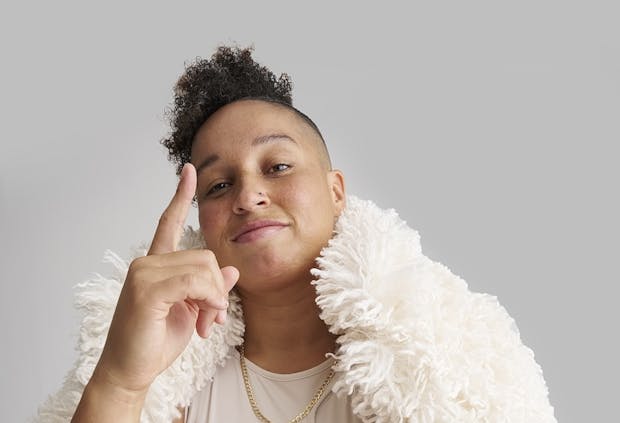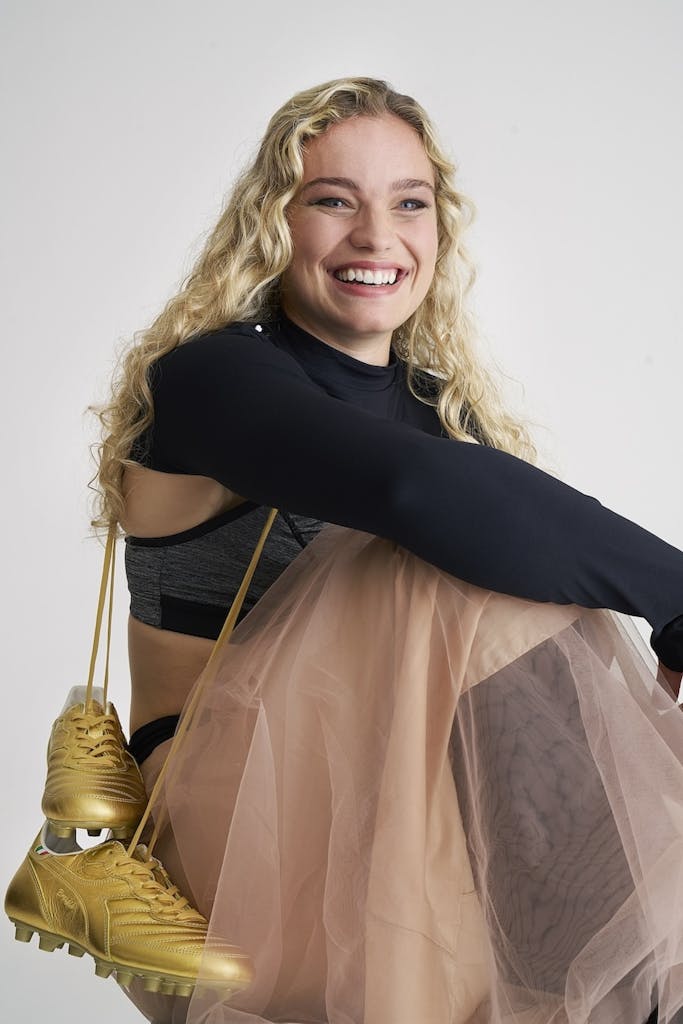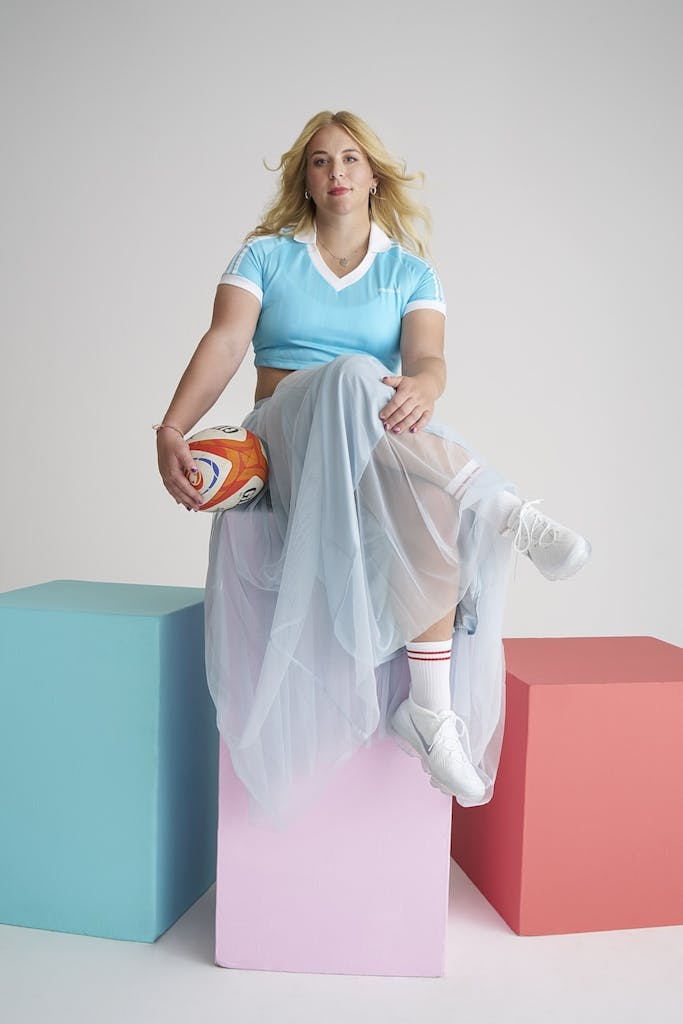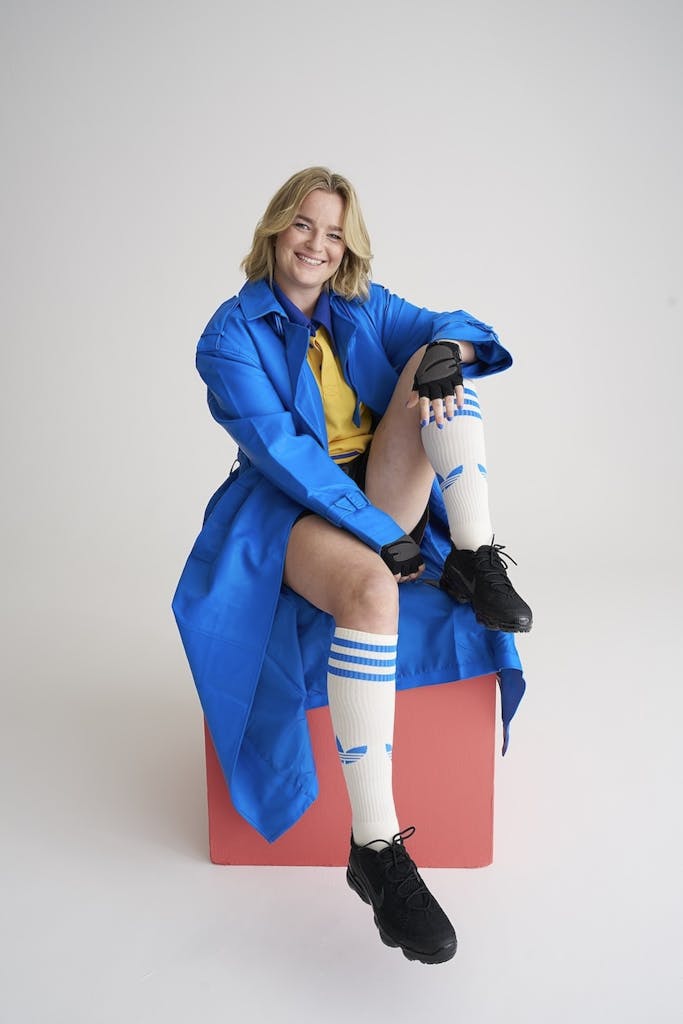
A picture is worth a thousand words, according to the old adage. In sport’s digital age, a powerful image can be worth millions of fan engagements and widespread media coverage, contributing towards increased participation, lucrative media-rights deals and commercial partnerships.
Getty Images has long been established as the most recognisable name in the visual media space. Its bulging library has more than 551 million assets, and some 2.8 billion searches are processed annually across its sites – encompassing Getty Images, iStock and Unsplash.
More pertinently, it is at the heart of sports coverage around the world with its images and videos lighting up front- and back-page splashes, sports supplements and social media channels. With this in mind, Getty Images’ unmatched reach, market data and expertise afford it an opportunity to help shape the future of sport itself.
It was this foresight that led to the company to develop its Women & Girls in Sport guidelines in 2018, with the idea of leveraging visual storytelling to “close the visibility gap and reimagine a new world for women sport”. The guidelines seek to influence how media companies, brands and sports rights-holders create and select visual content featuring female athletes.
A new generation of players

Getty Images’ well-earned reputation for vivid storytelling and, more recently, advancing the authentic visual representation of women’s sport has recently been developed further through a successful collaboration with Premiership Women’s Rugby (PWR).
England’s top-tier competition relaunched in 2023 with a new vision and mission to build women’s rugby over the next decade and create a new generation of players and fans on the foundations of inspirational players and world-class sport. Central to this relaunch, according to PWR chief executive Belinda Moore, was a shift in the representation of women’s rugby and its players.
“We wanted to do something very different for our launch,” Moore says. “Our players – who are our biggest ambassadors – come in every different size, shape, sexuality and ethnicity. We wanted a campaign that would capture that.
“Another consideration was how female rugby players and female athletes more broadly have been represented in the past. Women’s sport hasn’t been taken seriously, and imagery has often played on stereotypes. In England, the success of football’s Lionesses has had a positive impact.”
Developing the campaign
Getty Images’ senior creative director, Jacqueline Bourke, and her team worked closely with Moore and PWR on developing the campaign.
Bourke’s plans were informed not only by input from PWR and Getty Images’ women’s sport visual guidelines, but also by data garnered from the company’s comprehensive VisualGPS dynamic research platform. VisualGPS combines billions of searches and downloads on their website with regular image testing and custom market research, to better understand what is most valued across consumer demographics and, in turn, to curate relevant visual content.
VisualGPS research found that seven in 10 British consumers want sports organisations to do a better job of promoting female athletes. A majority of respondents (65%) would like to see female athletes portrayed in an authentic way that focuses on their skill and athleticism rather than their looks. The findings also show that the top sports imagery motivators for British consumers involve showing women of all ages and body types engaging in sport, while over half want rights-holders and brands to do more to promote the diversity of players.
Interestingly, Getty Images’ data also demonstrates that, in the post-Covid era, the public now increasingly values the emotional aspects of sport, rather than just the physical elements.
Informed by this information, PWR and Getty Images collaborated to conceive what became the ‘Powered Differently’ season launch campaign.

Ten PWR players representing the league’s full spectrum of age, body shape and ethnicity were asked to take part in a photoshoot ahead of the campaign launch, with each eager to come along. Among them was Abbie Ward, who had given birth just weeks before, the Swedish former figure skater Amanda Swartz, and Jodie Ounsley, who is a star of the recently rebooted Gladiators entertainment show on the BBC, the UK public-service broadcaster.
Accessible and relatable
Firstly, Bourke put forward a series of visual styles and approaches that would influence the direction of the shoot and subsequent deliverables. The PWR team and players then selected an content that would be led by an all-female team, from creative strategist to art director to photographer. After aligning on the approach, the Getty Images team then studied each player ahead of the shoot to get a feel for their personality and style.
Bourke says: “We wanted them [the players] to bring their authentic selves to the shoot. That included make-up and wardrobe – they overwhelmingly chose not to wear their playing kits in their individual portraits as they wanted to be more accessible and relatable.
“We asked each player during the shoot what their goals were and who they wanted to reach. They all had individual visions. After the shoot, we spoke to them individually to discuss the images. There was a lot of emotion on seeing the image for the first time. We supported each player on the curation and gave them the space to select the images that best represent them. They were really happy they had been given support to be their authentic selves.”
Fabulous engagement
It was a good day’s work for both the PWR and the Getty Images team. The league and the players were delighted with the shoot and the content captured, and even more so when the images and behind-the-scenes video began to create a stir.
Driven by Getty Images’ influence and reach, the PWR season launch made The Sun newspaper’s Fabulous supplement, which is the UK’s most-read women’s magazine, as well as a host of other mainstream publications. Unprecedented interest in a mix of video and image assets led to more than one million impressions and 720,000 video views via Instagram and TikTok.

“We had some incredible engagement, and I had some lovely messages from throughout the game and other sports,” Moore adds. “Someone said that this campaign may have changed how female athletes are portrayed.
“Imagery is massively important within sport and particularly for women’s sport at this time when it has more visibility than ever before. Strong imagery changes perceptions and creates role models for young girls. Getty Images is such a supportive partner – they are as proud of the campaign as we are.”
It has been a transformational period for women’s sport, and Getty Images is well aware of its influential place in the evolving landscape.
Bourke explains: “Ultimately, we seek to understand what matters to sports fans and athletes, and, in a changing world, how we can continue to tell stories in a way that’s relatable. Sport has always been powerful in bringing people together, and consumers want to see authentic representation of women and girls from grassroots to elite level. We encourage sports rights holders and brands to think about how they are currently visualising women and girls in sport and how we can help push the needle in their storytelling.”